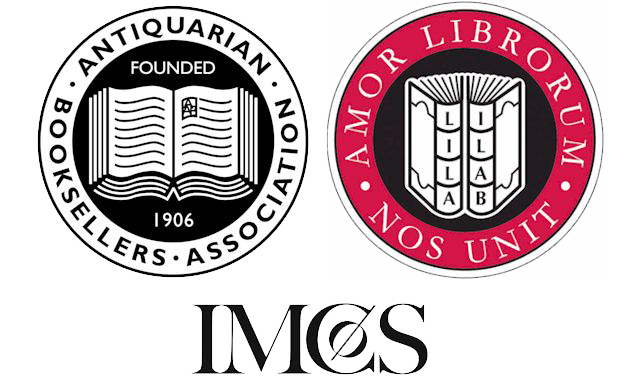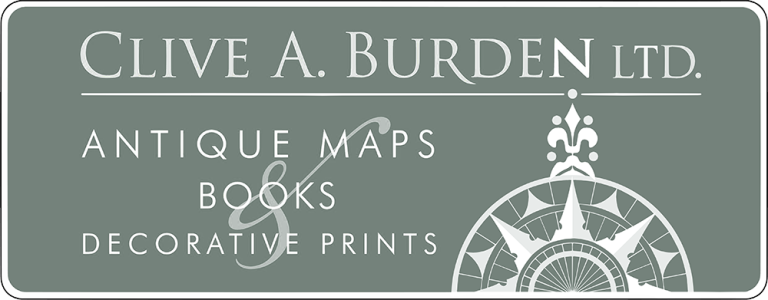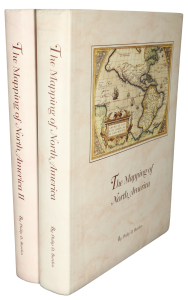Rare Maps and Prints
- World & Celestial
- North America
- West Indies, South & Central America
- British Isles
- British Isles
- English counties
- Large-scale
- Bedfordshire
- Berkshire
- Buckinghamshire
- Cambridgeshire
- Cheshire
- Cornwall
- Cumberland
- Derbyshire
- Devon
- Dorset
- Durham
- Essex
- Gloucestershire
- Hampshire
- Herefordshire
- Hertfordshire
- Huntingdonshire
- Islands
- Kent
- Lancashire
- Leicestershire
- Lincolnshire
- Middlesex
- Norfolk
- Northamptonshire
- Northumberland
- Nottinghamshire
- Oxfordshire
- Rutland
- Shropshire
- Somerset
- Staffordshire
- Suffolk
- Surrey
- Sussex
- Warwickshire
- Westmoreland
- Wiltshire
- Worcestershire
- Yorkshire
- Wales
- Scotland
- Ireland
- Western Europe
- Eastern Europe
- Middle East
- Africa
- Asia
- Australasia & Pacific
- Decorative Prints
- Title Pages
Mr. Philip D. Burden
P.O. Box 863,
Chalfont St. Giles, Bucks HP6 9HD,
UNITED KINGDOM
Tel: +44 (0) 1494 76 33 13
Email: enquiries@caburden.com
The career of the de Vaugondy family is superbly laid out by Mary Sponberg Pedley in her book ‘Bel et Utile’. Little is known of Gilles education, but he signed his marriage document in 1719 as a ‘geographe’. In 1723 he witnessed a document as a ‘professeur en mathematiques’. In 1731 he was fortunate to receive one-third of the business of the Sanson family. Nicolas Sanson and his descendants ran the most dominant map publishing business in Paris from the middle of the seventeenth century. Both of Nicolas’ sons, Guillaume and Adrien, died childless and the business passed to a nephew, Pierre Moullart (d.1730) who later added Sanson to his name. He too died childless but wishing the family business to continue he left it to three individuals, Jacques Simon Perrier, a priest, Jean Fremont, a lawyer and Gilles Robert de Vaugondy. It is not known how well exactly they knew each other. It was enough to launch his career. By 1734 he was made ‘Geographe du Roi’.
The conception of the atlas is similar to that of Nicolas Sanson. He did not just rely on traditional maps but included 12 of the ancient world and for those wishing them, 5 extra maps of the roads of the British Isles, France, Germany, Iberian Peninsula and Italy. Special attention was made in making the maps as accurate as possible. This was particularly so with non-European maps. Those of North America record the very latest information and not just French. The Virginia and Maryland map for instance records the latest information found on the Fry-Jefferson map published in 1753. Those of North America, Canada, India, China, Japan, Africa and Egypt record the very latest knowledge. Despite the detail applied to its accuracy they also managed to produce beautifully designed cartouches. According to Pedley these ‘attracted unanimous praise from critics’.
Pedley records many maps bearing alterations at an early stage of publication. This would appear to be a very early issue of the completed works. All the maps we examined are in the earliest state expected in the work. That of Virginia and Maryland recording the early border for Pennsylvania. NMM 266; Nordenskiold 245; Pedley (1992); Phillips Atlases 619; Sabin, 71863.
Atlas Universel
SOLD








